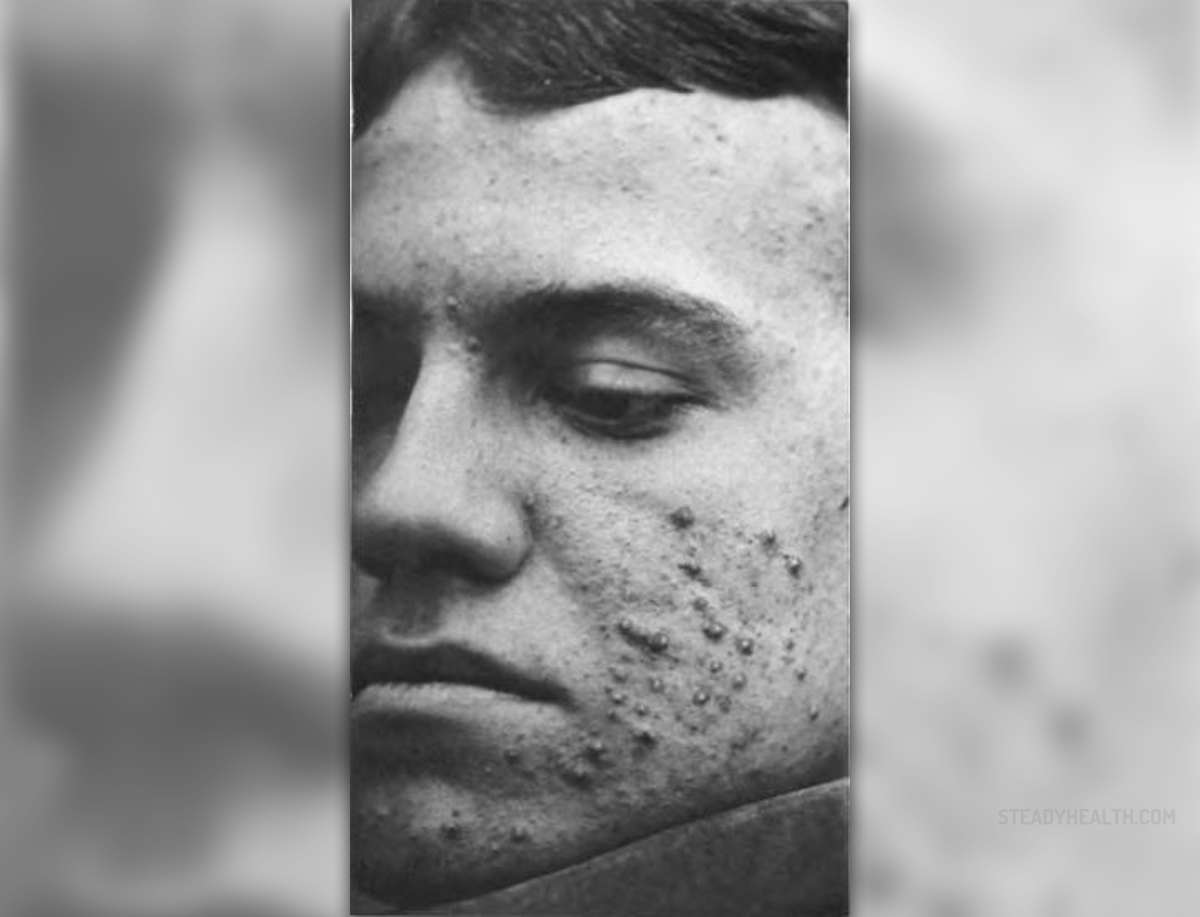
Acne is a common condition among teenagers. In case of severe acne there is permanent damage to the skin and in some people there is increased chance of skin scarring. These scars are hard to treat. Apart from scars the skin affected by acne is usually of different color comparing to the rest of the body. Scarring and changes in skin color require additional treatments.
Types of Acne Scarring
There are several forms of scarring associated with acne. For example, a person may develop scars that occur due to ice picking of the acne, or he/she suffers from atrophic or hypertrophic scars. Scars that result from ice picking are deep and with steep edges. Atrophic scars are not as deep as ice picking scars and they have smoother borders and finally, hypertrophic scars feature with more intensive production of the scar tissue and they generally affect the back and the chest.
As it has been said, apart from scarring, the skin may be affected by a variety of skin discoloration. For example, a person may develop post inflammatory erythema (the affected skin is pink and purple), post inflammatory hyperpigmentation (brown or black skin discoloration) or hypopigmentation (the affected skin is whiter comparing to the surrounding, healthy skin).
Treatment of Acne Scars
There are certain treatments for acne scarring. It may be possible to lessen the intensity of the scarring but in many cases it is simply not possible to completely remove the scar that has developed due to acne.
The most common treatment options for scarring due to acne include dermoabrasion, laser resurfacing, subcision and punch excision, fillers, chemical peels and grafting.
Dermoabrasion represents mechanical resurfacing of the skin. During the procedure the outer layers of the skin are removed and this eventually results in better appearance of the affected skin. Dermoabrasion is performed as motorized dermoabrasion or manual dermasanding. The procedure is never performed in people suffering from active acne, infections and other scarring skin conditions that require prompt and acute treatment.
Laser resurfacing is a frequently used treatment for acne scarring. This is an ablative technique and similarly to dermoabrasion it involves destruction of the outer layer of the skin. After laser resurfacing the skin needs some time to recover completely. Prior to the very procedure the doctor must discuss all the effects (both positive and negative) with the patient.
Subcision is a procedure that includes insertion of the needle under the scar and its gentle moving in order for the scar to be released. This is an effective way of acne scar removal.
Punch excision and grafting is performed in deep ice pick scars. The scar is cut and the edges of the wound are sewn together with a suture. The procedure provides with transformation of a deep, large scar into a tiny scar. Larger scars can be easily removed and eventually filled with a skin graft taken from other parts of the body.
Fillers are used to increase volume of the affected skin. They can be applied together with other techniques. Fillers provide with flattening of the scar tissue.
And finally, chemical peels may be very effective in resurfacing of acne scars. They are responsible for controlled injury to the skin and promote the growth of new, healthy skin that will replace the scar tissue.
Hypertrophic scars are treated with topical steroids, injections of steroids, silicone dressing, pulse dye lasers and/or cryosurgery.


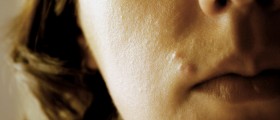

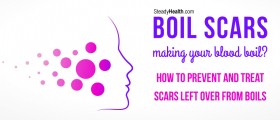
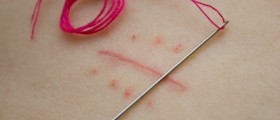
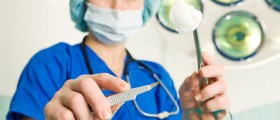


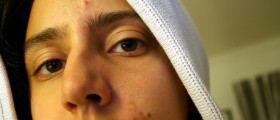


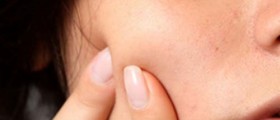
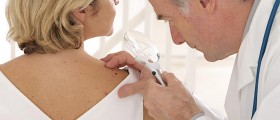

Your thoughts on this
Loading...